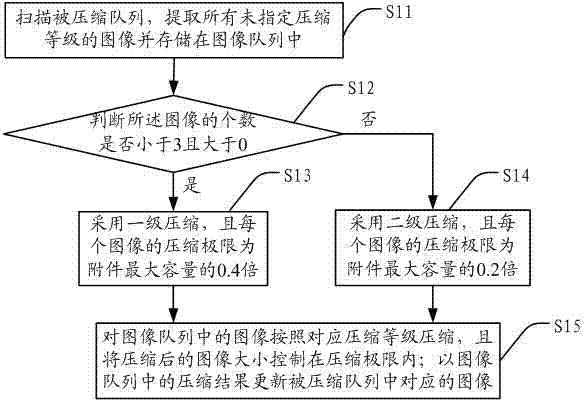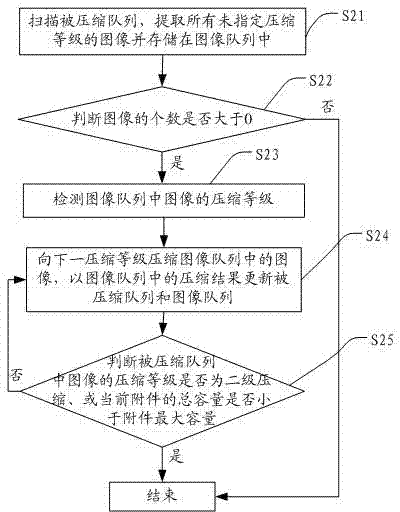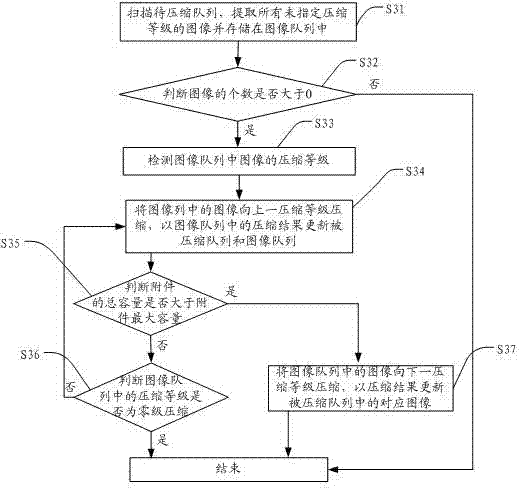Self-adaptive image scaling method and device of mobile platform information
A technology for image zooming and moving platforms, which is applied in image coding, image data processing, instruments, etc., and can solve problems such as inability to properly adjust the compression factor
- Summary
- Abstract
- Description
- Claims
- Application Information
AI Technical Summary
Problems solved by technology
Method used
Image
Examples
Embodiment Construction
[0070] The present invention provides an adaptive image scaling method and device for mobile platform information. In order to make the purpose, technical solution and effect of the present invention clearer and clearer, the present invention will be further described in detail below with reference to the accompanying drawings and examples. It should be understood that the specific embodiments described here are only used to explain the present invention, not to limit the present invention.
[0071] The adaptive image scaling method for mobile platform information provided by the embodiment of the present invention is applicable to various systems. Taking the Firefox OS system as an example, the adaptive image scaling method for mobile platform information is based on compressing according to the number of images. Added an adaptive scaling process based on capacity, so that when there are few images in the attachment and the images are not very large, the image should be kept a...
PUM
 Login to View More
Login to View More Abstract
Description
Claims
Application Information
 Login to View More
Login to View More - R&D
- Intellectual Property
- Life Sciences
- Materials
- Tech Scout
- Unparalleled Data Quality
- Higher Quality Content
- 60% Fewer Hallucinations
Browse by: Latest US Patents, China's latest patents, Technical Efficacy Thesaurus, Application Domain, Technology Topic, Popular Technical Reports.
© 2025 PatSnap. All rights reserved.Legal|Privacy policy|Modern Slavery Act Transparency Statement|Sitemap|About US| Contact US: help@patsnap.com



